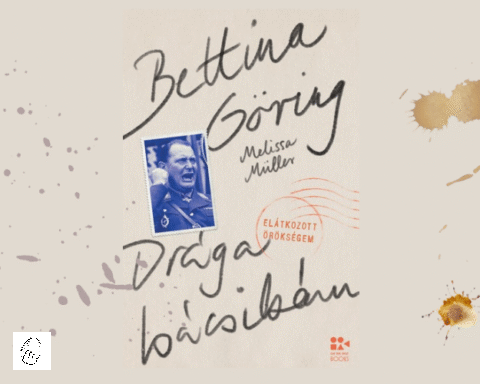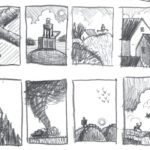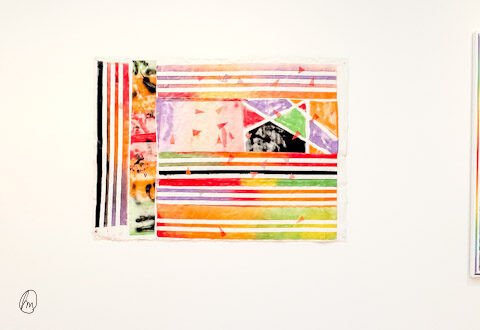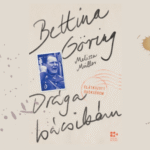Bettina Göring, an anthropologist is not just another name in the long roll of German Görings. She is bound by blood to Hermann Göring, Hitler’s indulged favorite. She is the principal author of Dear Uncle, a book in which she confronts decades of revulsion and shame—the legacy her father’s bloodline imposed upon her. The shame. And yet, we know: no one chooses the circumstances of their birth.
Dear Uncle
Those who pick the book up will gain insight into the magnitude and tight-knit bonds of the Göring family—bonds reinforced even through intermarriage. Stories unfold of how they exercised their influence under German National Socialism, while even in the dying days of World War II they clung to gala evenings of deranged pomp and to their wasteful lifestyle.

The reader gets to know a woman who, pushing the limits of her psyche, did everything she could to cleanse her innocent soul of the horrific deeds of her relatives. Her adventurous life comes into view lived in various communes from the age of fourteen until thirty-one. It begins with the day when, in the heat of an argument, she struck her father Heinz with her fist.
Father
The father who, cloaked in silence and hoarding, suppressed the guilty muteness of his mother, Ilse Göring, during and after the years of World War II. As a defeated man, he escaped into a wasteful and irresponsible lifestyle, rooted in his connection to Hermann Göring—his favorite nephew, and at the same time the godson of one of Hitler’s closest men. In the end, he tried to numb the trauma of grief through self-destructive behavior—the grief born of the wartime deaths of his brothers, Peter and Helmuth Göring.
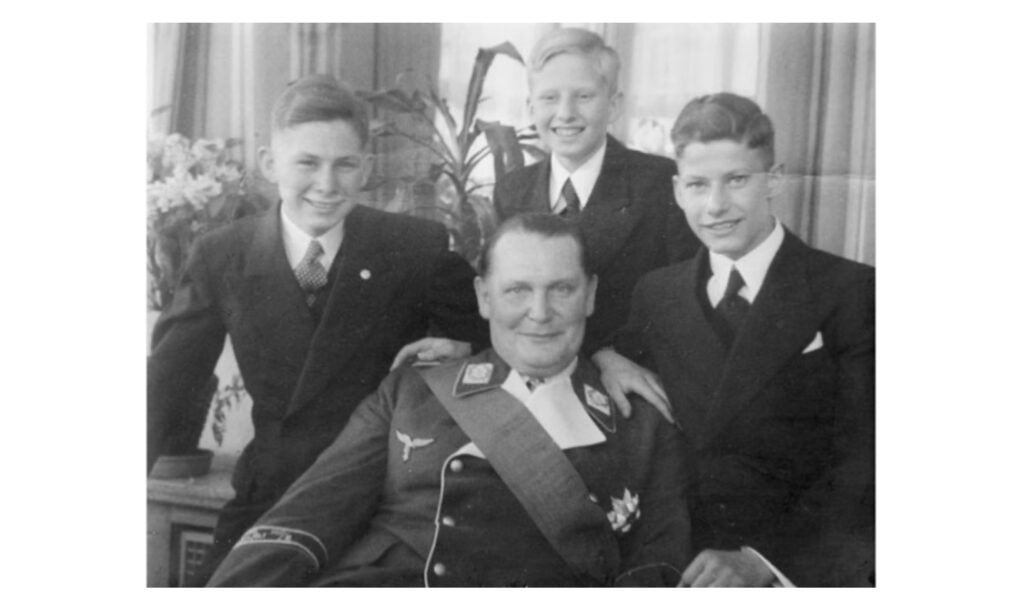
Readers come face to face with Bettina Göring’s inner struggles, which led to forced electroshock treatment during a trip to South America when, as a young woman she collapsed beneath the weight of her family’s repulsive past.
The book’s structure alternates chapter by chapter: at one moment unfolding Bettina’s life and her years spent in various communes at another delving into episodes of family history. These two clearly separate strands of narrative could each stand alone as an independent book—something that at times may even feel disorienting for the reader.
The Guru
Yet the book’s most important message lies in the personal strand: when Bettina’s mother, a member of the Silent Generation warns her daughter about history repeating itself—something Bettina brushes aside. According to the account, the two women lived in Oregon in the commune of a famous Indian guru, where the community’s rules increasingly began to mirror the signs of German National Socialism. That was when alarm bells went off in Bettina’s mother—after all, she had already lived through it once. She recognized the ominous shift:
“You and Kali condemned us so harshly,” my mother went on, “and now you’re taking part in the same thing!? This is how fascism begins, Bettina!”
Not the original translation
The story concludes with the spiritual commune, which had taken on militia-like traits, dissolving, and its leader—the world-renowned guru—being forced to leave the United States for life in order to avoid prison.
Granny
The book devotes an entire chapter to Ilse Göring—Bettina’s grandmother—and her leadership role in the Red Cross. Ilse was the wife of Karl Ernst Göring, Hermann Göring’s brother—bound by the ties of incestuous marriage.
This was the woman who belittled and denied the Holocaust while Bettina had to live in the neighboring room with her until the age of fourteen. A granny who, in Hitler’s Germany held high social positions, was a recognized socialite, and through her words and deeds excused Hermann Göring’s murderous decisions. After the war, until the end of her life she denied the German massacres, the destruction of Europe, and the Holocaust.
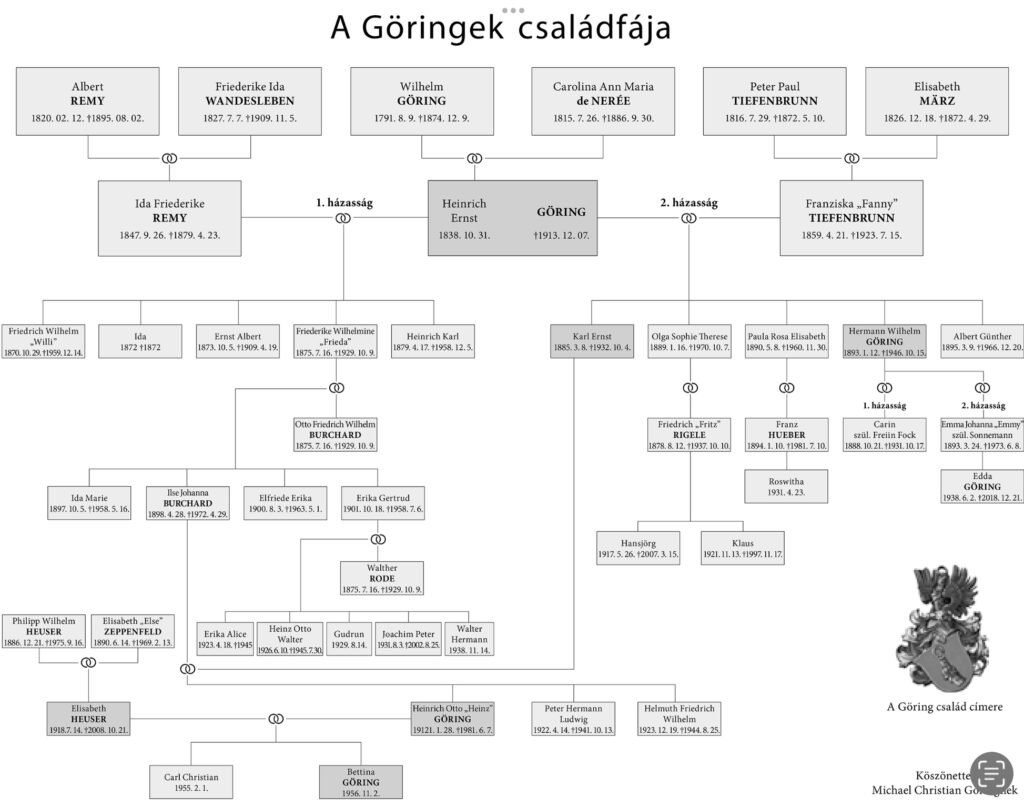
And yet, during her genealogical research and while writing the book, Bettina Göring ultimately managed to bring closure to her relationship with her grandmother with a certain kind of respect:
“Despite my lack of attachment to my granny and my criticism of her, I nonetheless felt a certain respect for the radical way she bore her fate—relentlessly, above all with herself—as she again and again picked herself up and fought for her independence, even if in the end it meant a life between the barn and the kitchen.”
Not the original translation.
Cut the Line
Finally, the author and her brother, Kali reveal the truth: why they chose sterilization, thereby putting an end to the Göring bloodline.
Where To Now?
The danger of today: fading experiences.
The book presents multiple destinies and shows how vulnerable people—especially the young—become to extremist rhetoric when the traces of the Silent Generation’s memories fade away. Their alarm bells no longer sound clearly on the edges of society. Through a deeply personal resolution, the book reminds us how a handful of people—many of them psychopaths released straight out of mental hospitals—were once capable of razing Europe to the ground and driving it all the way to genocide.
These lines echo the dwindling voice of the Silent Generation, alongside the re-emerging extremist voices in Europe—making it a book impossible to ignore.


